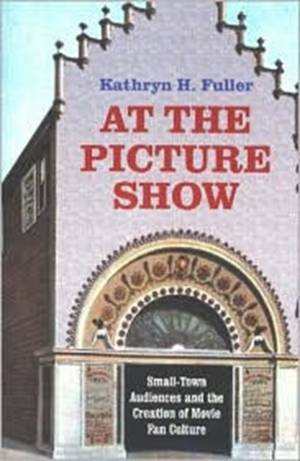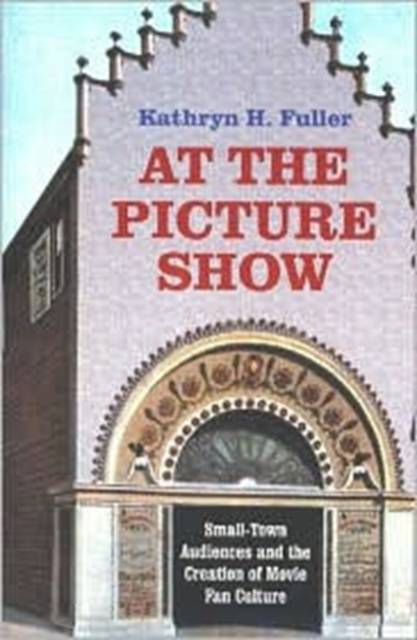
- Retrait gratuit dans votre magasin Club
- 7.000.000 titres dans notre catalogue
- Payer en toute sécurité
- Toujours un magasin près de chez vous
- Retrait gratuit dans votre magasin Club
- 7.000.0000 titres dans notre catalogue
- Payer en toute sécurité
- Toujours un magasin près de chez vous
At the Picture Show
Small-Town Audiences and the Creation of Movie Fan Culture
Kathryn H FullerDescription
The motion picture industry in its earliest days seemed as ephemeral as the flickering images it produced. Considered an amusement fad even by their exhibitors, movies nevertheless spread quickly from big-city vaudeville houses to towns and rural communities across the nation. Small-town audiences, looking for more than the lurid melodramas and slapstick comedies popular in cities, often lined up to see films with conservative and educational themes: scenic panoramas, biblical tableaux, newsreels, and manufacturing scenes.
In this social history of the cinema during the silent-film era, Kathryn H. Fuller charts the gradual homogenization of a diverse American movie audience as itinerant shows gave way first to nickelodeon theaters and then to more luxurious picture palaces.
Fuller suggests that fan magazines helped to reduce the distinctions between rural and urban moviegoers and created a nationwide popular culture of film consumption. Analyzing the articles, advertisements, and letters in such publications as Motion Picture Story Magazine and Photoplay, Fuller shows that these fan magazines--which initially catered to adult readers--shifted their focus by the late 1910s to young women who, entranced by Hollywood glamour, eagerly bought products endorsed by the stars.
Although the transformation of the movies into big-time entertainment had multiple sources, Fuller argues that ultimately the maturation of the film industry depended on the support of both urban and rural middle-class audiences. Providing the fullest portrait to date of the small-town audience's changing habits and desires, At the Picture Show demonstrates for the first time how a fan culture emerged in the United States, and enriches our understanding of mass media's relationship to early twentieth-century American society.
Spécifications
Parties prenantes
- Auteur(s) :
- Editeur:
Contenu
- Nombre de pages :
- 248
- Langue:
- Anglais
Caractéristiques
- EAN:
- 9780813920825
- Date de parution :
- 29-08-01
- Format:
- Livre broché
- Format numérique:
- Trade paperback (VS)
- Dimensions :
- 152 mm x 228 mm
- Poids :
- 371 g

Les avis
Nous publions uniquement les avis qui respectent les conditions requises. Consultez nos conditions pour les avis.






